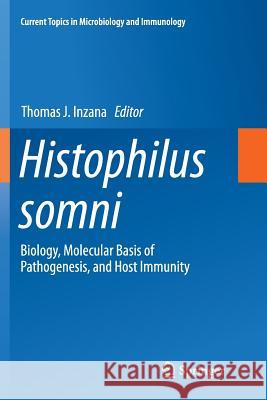Histophilus Somni: Biology, Molecular Basis of Pathogenesis, and Host Immunity » książka
topmenu
Histophilus Somni: Biology, Molecular Basis of Pathogenesis, and Host Immunity
ISBN-13: 9783319805986 / Angielski / Miękka / 2018 / 160 str.
Histophilus Somni: Biology, Molecular Basis of Pathogenesis, and Host Immunity
ISBN-13: 9783319805986 / Angielski / Miękka / 2018 / 160 str.
cena 403,47 zł
(netto: 384,26 VAT: 5%)
Najniższa cena z 30 dni: 385,52 zł
(netto: 384,26 VAT: 5%)
Najniższa cena z 30 dni: 385,52 zł
Termin realizacji zamówienia:
ok. 22 dni roboczych
Bez gwarancji dostawy przed świętami
ok. 22 dni roboczych
Bez gwarancji dostawy przed świętami
Darmowa dostawa!
Kategorie BISAC:
Wydawca:
Springer
Seria wydawnicza:
Język:
Angielski
ISBN-13:
9783319805986
Rok wydania:
2018
Wydanie:
Softcover Repri
Ilość stron:
160
Waga:
0.24 kg
Wymiary:
23.39 x 15.6 x 0.91
Oprawa:
Miękka
Wolumenów:
01
Dodatkowe informacje:
Wydanie ilustrowane











